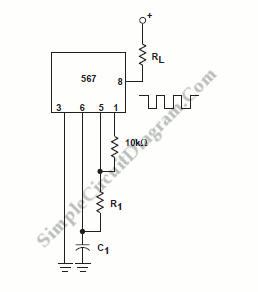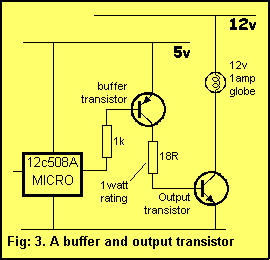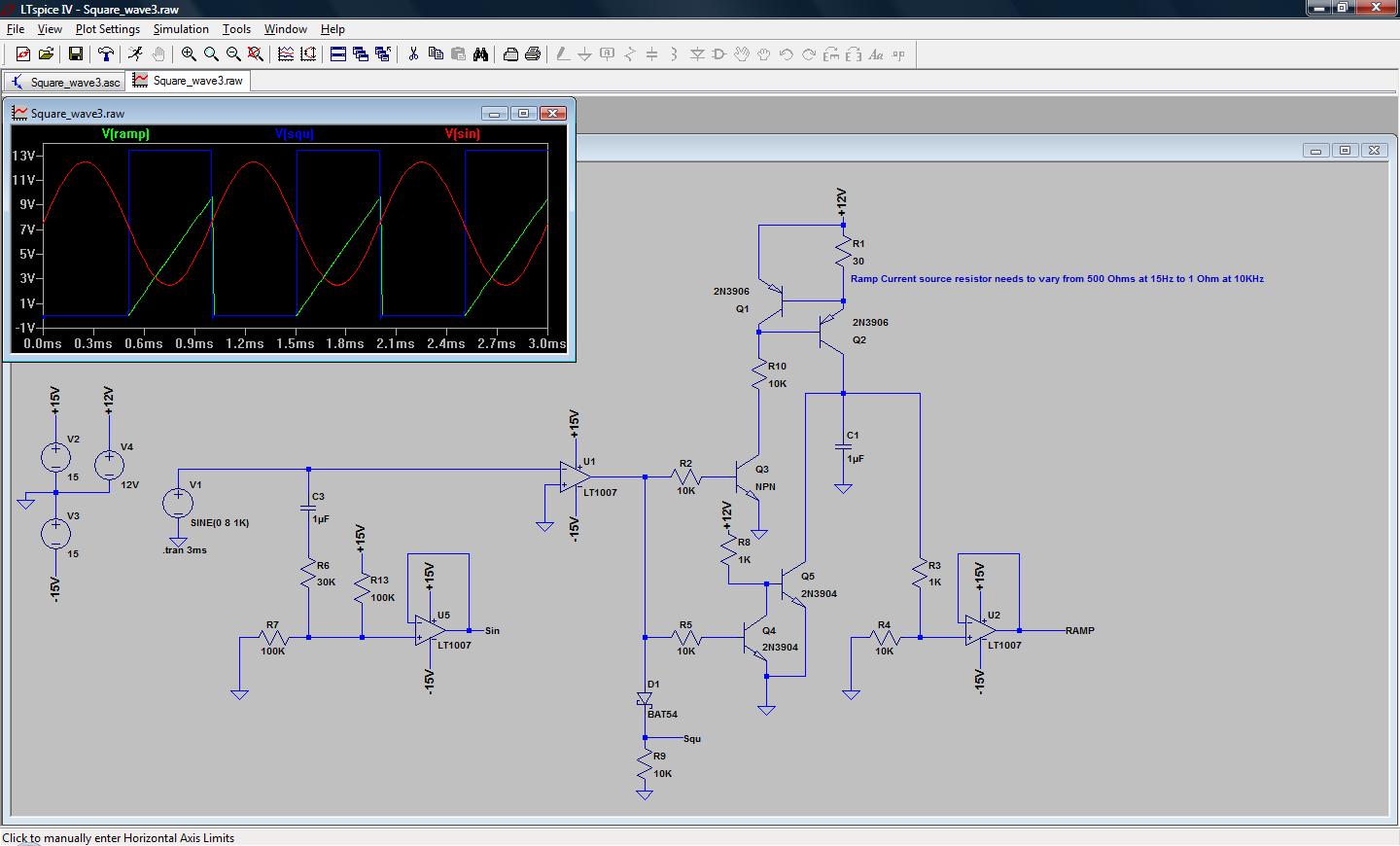
567 IC Pulse Generator With 25% Active Factor

Unique applications of the 567 tone/frequency decoder IC include its use as a pulse generator with a 25% duty cycle. This signal generator produces...
The 567 tone/frequency decoder IC is a versatile component widely used in various electronic applications, particularly in generating specific frequency signals. One notable application is its implementation as a pulse generator that operates with a 25% duty cycle, which is characterized by a signal that is active for one-fourth of the total period and inactive for the remaining duration.
In this configuration, the 567 IC is utilized to decode a specific input frequency, allowing it to generate a precise output pulse at a defined frequency. The duty cycle can be controlled by adjusting the timing components connected to the IC, such as resistors and capacitors, which determine the charge and discharge times of the timing capacitor.
The pulse output can be used in various applications, including clock generation for digital circuits, triggering events in microcontrollers, and generating audio tones in sound synthesis. The ability to produce a stable output frequency with a consistent duty cycle makes the 567 IC an invaluable tool in designing signal processing circuits.
In a typical circuit schematic, the 567 IC would be connected to an oscillator circuit that feeds the input frequency, along with external resistors and capacitors that set the desired frequency and duty cycle. The output can be taken from the designated output pin of the IC, which can then be further processed or used to drive other components in the system.
Overall, the unique capabilities of the 567 tone/frequency decoder IC in generating precise pulse signals with a defined duty cycle make it suitable for a wide range of electronic applications, enhancing both functionality and performance in circuit designs.Unique applications of 567 tone/frequency decoder IC? Here is one of them: pulse generator with 25% duty cycle (active factor). This signal generator produce.. 🔗 External reference
The 567 tone/frequency decoder IC is a versatile component widely used in various electronic applications, particularly in generating specific frequency signals. One notable application is its implementation as a pulse generator that operates with a 25% duty cycle, which is characterized by a signal that is active for one-fourth of the total period and inactive for the remaining duration.
In this configuration, the 567 IC is utilized to decode a specific input frequency, allowing it to generate a precise output pulse at a defined frequency. The duty cycle can be controlled by adjusting the timing components connected to the IC, such as resistors and capacitors, which determine the charge and discharge times of the timing capacitor.
The pulse output can be used in various applications, including clock generation for digital circuits, triggering events in microcontrollers, and generating audio tones in sound synthesis. The ability to produce a stable output frequency with a consistent duty cycle makes the 567 IC an invaluable tool in designing signal processing circuits.
In a typical circuit schematic, the 567 IC would be connected to an oscillator circuit that feeds the input frequency, along with external resistors and capacitors that set the desired frequency and duty cycle. The output can be taken from the designated output pin of the IC, which can then be further processed or used to drive other components in the system.
Overall, the unique capabilities of the 567 tone/frequency decoder IC in generating precise pulse signals with a defined duty cycle make it suitable for a wide range of electronic applications, enhancing both functionality and performance in circuit designs.Unique applications of 567 tone/frequency decoder IC? Here is one of them: pulse generator with 25% duty cycle (active factor). This signal generator produce.. 🔗 External reference





